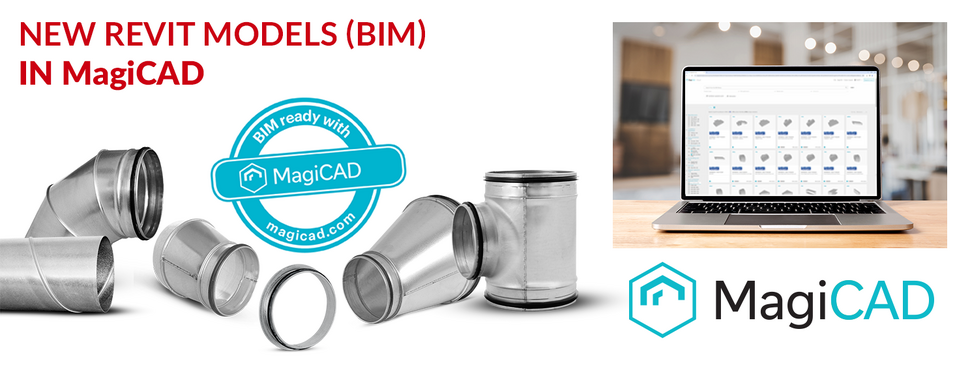
For your convenience, we have published new Revit (BIM) models in MagiCAD on our website under SUPPORT -> Design Software -> MagiCAD.
Waiting for you:
We believe that such a large update of our products will make project preparation even faster and more precise for you.
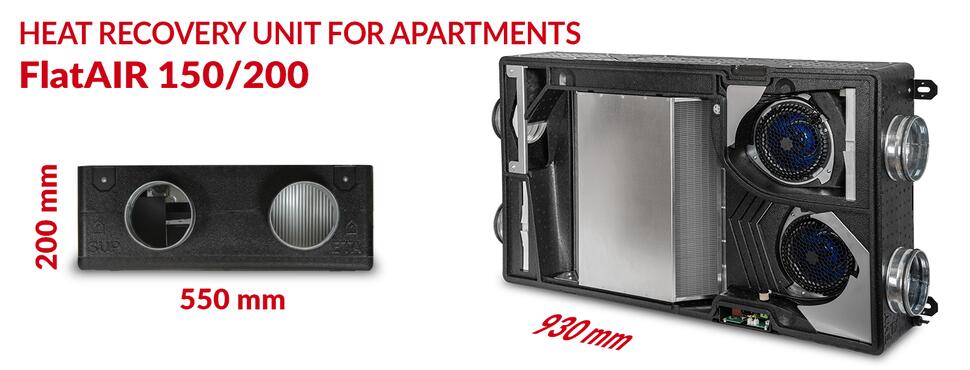
Our newest recuperators designed for apartments - FlatAIR - will soon go on sale.
These are modern units with a capacity of 150 and 200 m3/h. A plastic (PET) counterflow heat exchanger or a moisture-recovering enthalpy exchanger are responsible for heat recovery. The height of the unit is only 200mm. The unit constructed in this way allows the entire installation to be built into the false ceiling without taking up floor space. Heat recovery unit is made of self-supporting EPP construction, which is characterized by strength, lightness as well as very good thermal and acoustic insulation.
These and other products for ventilation and heat recovery can be found in the PRODUCTS section
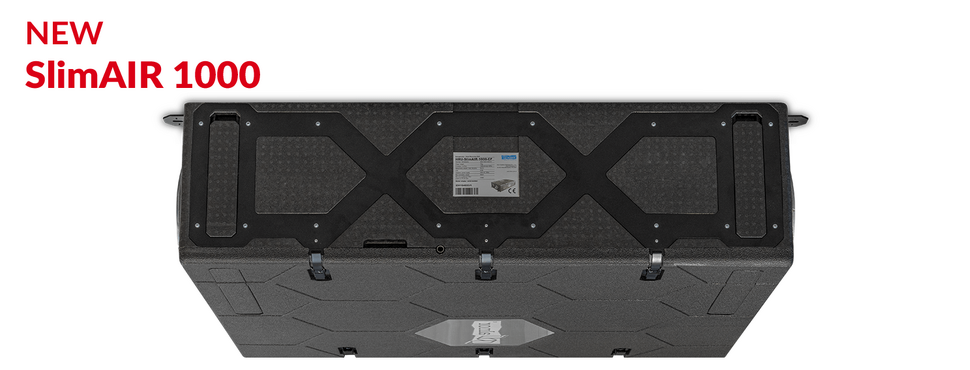
It provides an output of 1,000 m3/h at a pressure differential of 100 Pa, while consuming minimal energy.
Its maximum heat recovery is as high as 94%! You can order our SlimAIR1000 with either a PET counterflow heat exchanger or an enthalpy heat exchanger for efficient moisture recovery.
Download the data sheet and instructions for more details!
These and other products for ventilation and heat recovery can be found in the PRODUCTS section
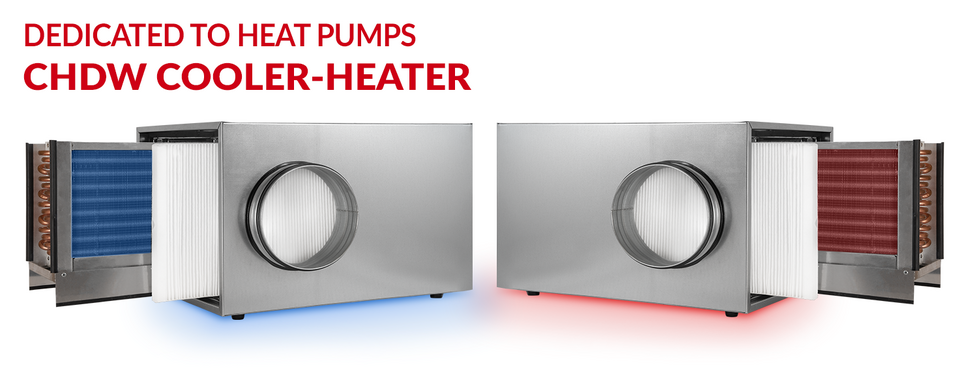
Introducing our latest duct cooler/heater, an advanced indoor cooling and heating solution. The new arrival is available in two sizes: 429x560x364 DN160 (DN200 w/filter) and 429x660x414 DN200 (DN250 w/filter), with a cooling capacity of 1.85 kW and an impressive 3.20 kW for the large size.
Its rugged structure, with 24mm thick thermal insulation and the optional powder coated finish, ensures great aesthetics and anti-corrosion protection. Versatile installation, easy service access to the heat exchanger and the integrated filter section make the unit a perfect choice for many different needs.
It works perfectly with heat recovery systems and heat pumps, offering smart control algorithms and season detection for optimum performance.
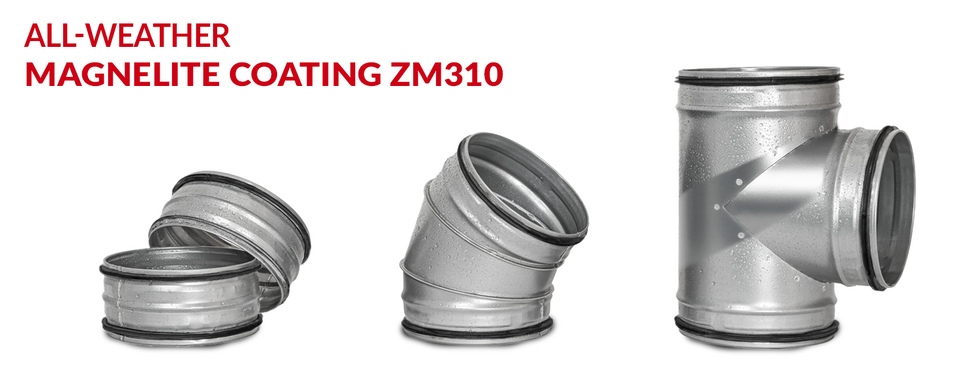
ZM310-coated sheet steel ventilation products are now available in our range. These products have increased durability extending service life, generate lower operating costs and are more cost-effective compared to post-galvanised zinc, aluminium or stainless steel.
The Spiral System® with ZM310 coating is available in diameters of DN 80-500 mm, which includes, ventilation bends, ducts, ventilation t-pieces, dampers, roof outlets and intakes , and silencers.
You can recognise the products by the ZM symbol in the code, e.g. BSL-ZM-200-90.